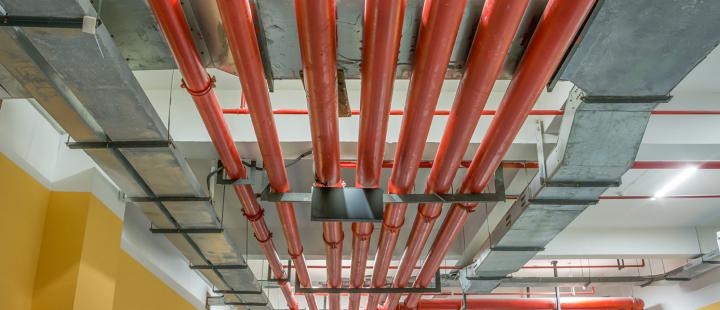The four elements of a protective coating
We recently published a series of posts aimed at explaining the different types of industrial coatings and the strengths and weaknesses of each type. Here we’d like to go a little deeper in order to explain some of the smaller components that make up an effective protective coating in an industrial setting.


